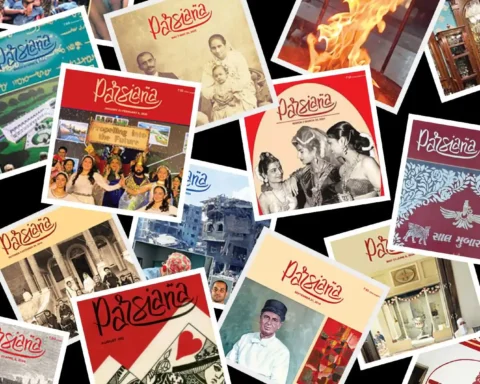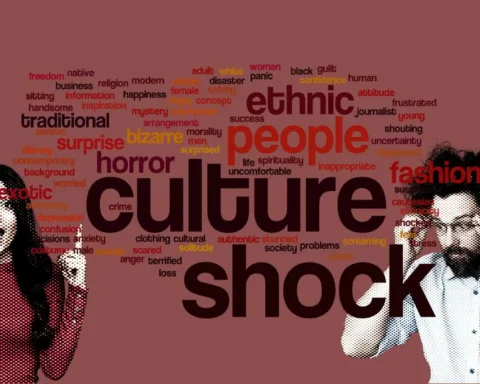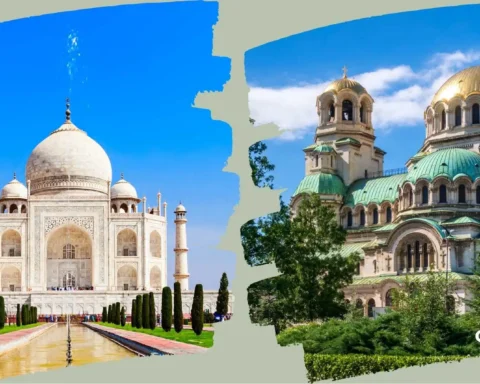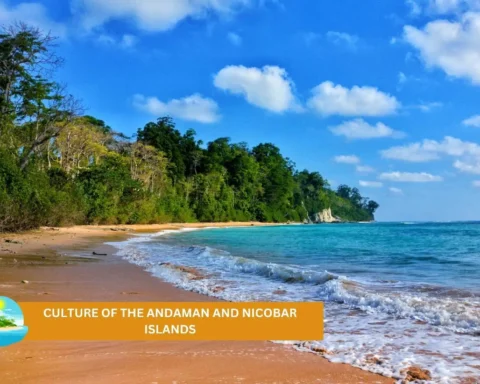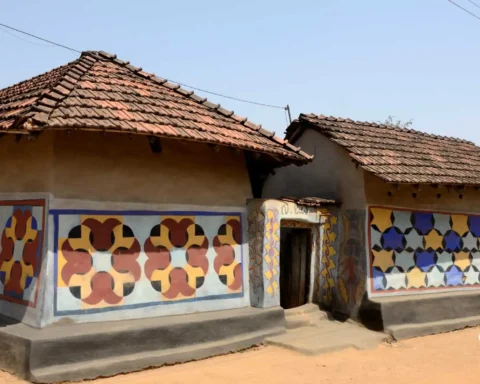Uganda, known as the ‘Pearl of Africa‘, is situated in the eastern region of Africa and is commonly known for its breathtaking landscapes, wild animals, and serene weather. However, many do not know of its population, which has a rich history that is as diverse as its landscapes.
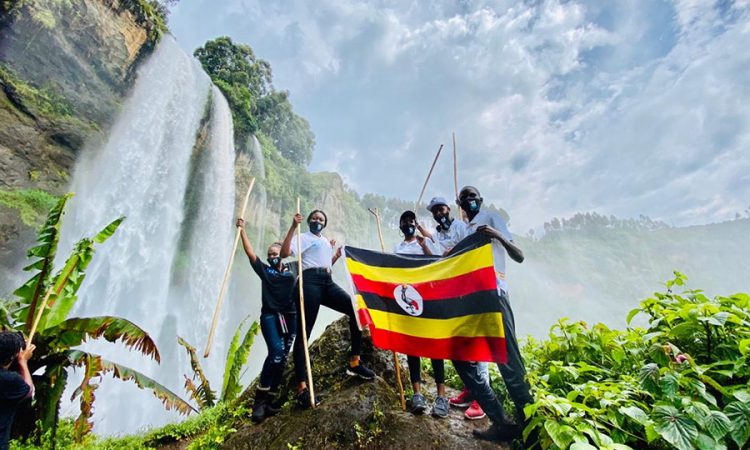
From the music, art, and handcrafts to the cultural norms and rituals and the scenic cultural sites, the diversity of the cultural background of Uganda is unmatched. Although covering all aspects of the culture and customs of Uganda would be near impossible, you can get a snippet of it below.
Table of Contents
Ugandan History and Culture
Uganda stemmed from a kingdom of the 19th century known as Buganda, which was located along the northern shore of Lake Victoria. Although Buganda was established as a British protectorate in 1894, it was never fully colonized.

1964 brought freedom to Uganda, with Milton Obote taking office as the prime minister. However, it experienced brutal dictatorship under the hands of Idi Amin in 1971 with the expulsion of Asians and the abuse of human rights. Milton Obote came back to power in 1980. However, he faced rebellions, causing his overthrow once more in 1985.
After a long civil war, Yoweri Museveni took power in 1986. In 1995, a new constitution was adopted, along with multi-party elections in 2006.
As of now, Yoweri Museveni is still the president, with multi-party elections being held every five years.
The past years have been tough for Uganda. However, the strength and resilience of the people brought significant progress and peace to the country.
Uganda’s Diverse Ethnic Groups
As of now, Uganda is fractioned into four regions: Northern, eastern, western, and central regions. Uganda has numerous linguistic and ethnic categories each contributing to the culture and customs of Uganda.
The majority of the population speaks the language of Bantu, mainly in the central, southern, and western areas defining the diversity of the culture and customs of Uganda. Most of the non-Bantu-speaking population resides in the eastern, northern, and northwest regions.
While the diverse groups speak more than 30 different languages in Uganda, there was no established national language before. For this reason, Swahili was set as a common language for all since it also helped connect Ugandan people with their neighbouring eastern regions of Kenya and Tanzania.
Now, the English language and the Swahili language are the two official languages of the country.
There are five primary tribes in Uganda, as listed below:
1. Baganda: The Baganda tribes are known as the King’s Men because of the major role played by their monarch, the Kabaka, in Ugandan political, social, and cultural matters. Moreover, a number of chiefs controlled by the Kabaka were responsible for levying taxes.
2. Banyankole: This tribe is located in the southwest area of the region and has a rich historical background of cattle keeping. The king of Bayankole, Mugabe, ruled with immense power by claiming ownership of all the nation’s livestock. The number of cattle that each chief owned is used to determine their status.
3. Basoga: East to the tribe of Baganda lies the tribe of Basoga. They reside in the districts of Kamuli, Jinja, and Iganga, which are situated between Lake Kioga and Lake Victoria.
4. Bakiga: The southern Uganda and northern Rwanda are home to the Bakiga people. The Bakiga tribe is the ideal example of a tribe that strongly holds on to the many ancient cultures and customs of Uganda. The Bakiga lived in clans, each with their leader, who was not permitted to wed someone from the other tribes.
5. Iteso: As per the traditions of Iteso, they are originally from Sudan, and throughout the centuries, they have gradually relocated to the south. Presently, they reside in the Amurai, Soroti, Kumi, Tororo, and Busia districts of the Teso-sub region.
Exploring the Culture and Customs of Uganda
The culture and customs of Uganda is so rich that it could fill pages and pages. Let us discuss some of the major culture and customs of Uganda.

Ugandan Greetings
Like in India, respect is essential to social interactions in Uganda. Visitors from foreign countries must learn and practice basic greetings to navigate the diverse culture and customs of Uganda and make good impressions.
1. Ola Muzungu: This greeting translates to ‘Hello, white person’ and is commonly used towards foreigners. It is not meant to be offensive; rather, it is a considerate acknowledgement of your background. Responding with a smile and saying ‘Hello’ or ‘Thank you’ will be appropriate.
2. Ssebo and Nyabo: Ssebo (Sir) and Nyabo (Madam) are used to address individuals older than you or someone of a higher social standing. A handshake generally accompanies these.
3. Okugwata: Some ethnic groups greet elders and superiors with a kneel called Okugwata, which is used to convey deep respect. It is best to observe your peers on how they are greeting the person and follow likewise if you are unsure of whether to perform the Okugwata. Alternatively, a slight bow or a handshake is appropriate as well.
YOU MIGHT BE INTERESTED IN: The Economics of Pan-Africanism and Ugandanness with President Museveni
Food and Cuisine
Ugandan cuisine is a melting pot of culinary cultures influenced by the Arabs and British, mainly from India. While the food is not particularly spicy, it is full of flavour and heavily seasoned with tomatoes and onions. The Ugandan diet is typically based on a combination of starch and sauce for every meal.
Despite Uganda’s proximity to the largest freshwater lake in the world, it has been over-fished and finding fresh fish is quite difficult. However, smoked fish is readily available and is often used in dishes with meat or beans to add more depth.
Green Bananas (cooked to make the staple food matoke wrapped in banana leaf), pineapples, beans, cassava, sweet potatoes, cabbage, and spinach are common foods. A staple food is groundnuts, which are often turned into a sauce. Rice is not typically consumed since it is expensive.

The population that resides outside the urban centres make their food. It is common to eat just lunch and dinner, with breakfast being a cup of tea or porridge.
Two of the most prominent national foods of the nation are Rolex (a blend of chapatti and eggs) and Nsenene (grasshoppers).
Samosas are a characteristic part of the local cuisine, with vendors selling them by the roadside in the cities. Chai and Gahwa are popular beverages. Alcoholic drinks are widely enjoyed, with the majority of the wine coming from the southern regions of Africa. The national drink of Uganda is Waragi, which can be described as banana gin.
Traditional Dresses
With the many different ethnic tribes in Uganda, there are many traditional dresses worn throughout the nation that distinguish one group from another. The following are the two main traditional outfits worn across the tribes:
1. Kanzu: The Kanzu is an outfit that is worn in many tribes. It is a cream or white coloured robe worn by African men. In English, it can be called a tunic, while in Arabic, it is called a Thawb. Men wear it with trousers and a coat over the Kanzu, and black or brown shoes can be accompanied by it.
2. Omushanana: The Omushanana is worn by women and has its roots in Rwandan culture. It’s a garment with around three layers, a mini top worn over a skirt, and a shawl tied around the shoulders.
Rituals and Customs
The cultural practices of Uganda come with many traditional treasures, such as folk tales, rituals, rites, and ceremonies.
Marriage ceremonies are one of the most impressive cultural practices in the vast culture and customs of Uganda. Before the marriage function, the men are expected to pay a bride price to the parents of the woman they wish to marry and set a date for an ‘official exchange’. While each tribe has varying rules for traditional marriages, the bride price is a symbol of respect and appreciation to the wife’s family.
Roles both within and outside the household are specific to gender. While men work outside the home, women and older female children in the house are responsible for food preparation and taking care of the children and infants.
Conclusion
The culture and customs of Uganda go far beyond the landscapes and wildlife that most know of. As we have seen, the country boasts a diverse cultural heritage with its numerous ethnic groups, cultural languages, customs and traditions.
To reiterate, we have only had a snippet of the country’s beautiful culture. To further explore Ugandan culture, you will find a wide array of music, dance, food, and attire in which to immerse yourself. So embrace yourself in the warmth and hospitality of the Ugandan people and discover the essence of the ‘Pearl of Africa through the culture and customs of Uganda.
FAQs
What is Uganda famous for?
Uganda is famous for its breathtaking landscapes and interesting wildlife. Moreover, the hospitality of the Ugandan people is well-known, along with the diverse culture and customs of Uganda.
What is the religion and culture in Uganda?
Around four-fifths of the population of Uganda is Christian, one-eighth is Muslim, and the rest of the population follows traditional religions.
What is the traditional dress of Uganda?
The Kanzu, Gomezi, and the Omushanana are the traditional dresses of Uganda.





